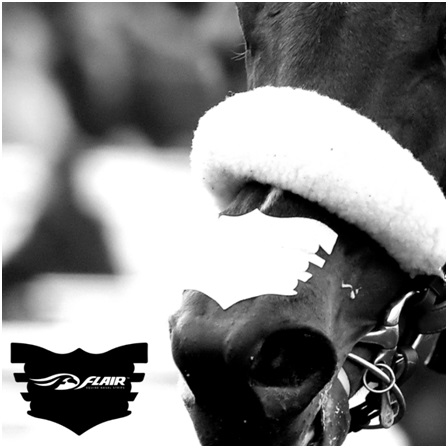Keeping Horses Safe in Equine Sports: FLAIR Strips
 Across all sports, both contact and non-contact, elite athletes of all shapes and sizes are bound to run into performance related issues and complications. Be it on the practice field or the playing field, athletes at the highest levels of performance are particularly susceptible to a wide range of injuries given their repetitive training routines and/or high-intensity, high-impact work environments. Throughout the history of sports, we have come to terms with this fact and have gradually changed the ways we value safety. But it hasn’t always been this way.
Across all sports, both contact and non-contact, elite athletes of all shapes and sizes are bound to run into performance related issues and complications. Be it on the practice field or the playing field, athletes at the highest levels of performance are particularly susceptible to a wide range of injuries given their repetitive training routines and/or high-intensity, high-impact work environments. Throughout the history of sports, we have come to terms with this fact and have gradually changed the ways we value safety. But it hasn’t always been this way.
Between the 1920s and 1930s, variations of leather helmets started hitting the professional football scene; however, it wasn’t until 1943 that helmets became mandatory for all players in the National Football League (NFL). These helmets lacked the same safety standards that we see in the professional setting today. For example, facemasks were banned until 1962 but today it is illegal to play without one. The National Hockey League (NHL) also caught onto this safety trend, making helmets and certain pads mandatory for all players in 1979. Eleven years later, Fédération Internationale de Football Association (FIFA) saw the need for safety equipment in professional soccer and ruled shin guards required for all players.
Safety in Equine Sports
Performance horses are elite athletes and face similar risks of performance-related injuries and complications as athletes in football, hockey, soccer, track, etc. Safety protocols – just like helmets and pads – should be the norm in the equine sporting industry. One of the most widely recognized issues in the industry is exercise-induced pulmonary hemorrhaging (EIPH), also referred to as lung bleeding. EIPH is a silent injury that occurs when fragile pulmonary blood vessels rupture during exercise, and since the bleeding occurs deep within the lungs, the condition can go unnoticed by trainers and riders.
Given that most horses experience EIPH to some degree during their competitive careers, it is time to address the problem and make protection second nature for performance horse trainers and riders, including thoroughbred racing. As of now, the drug Lasix, has reigned king in the equine sporting industry, becoming the status quo for treating and suppressing EIPH symptoms. However, at Flair, we saw the need to address the condition without drugs and based on a look at the physiology underlying the condition.
Completely drug-free and clinically proven to make breathing easier and reduce lung bleeding, FLAIR® Equine Nasal Strips need to be recognized in a similar lens as helmets and pads, and become part of the safety protocols for equine training and competition. After all, sports’ safety standards are constantly changing and evolving, which is why we want it to be known that other methods to reduce EIPH find merit in the equine sporting industry today. The Strips are approved for use around the world, including in the stringent drug testing environment of the Olympics. Our goal is to make strides towards keeping horses hardy and healthy with full transparency to the public through alternative, drug-free protection.
Learn about respiratory health and the science of FLAIR Strips
